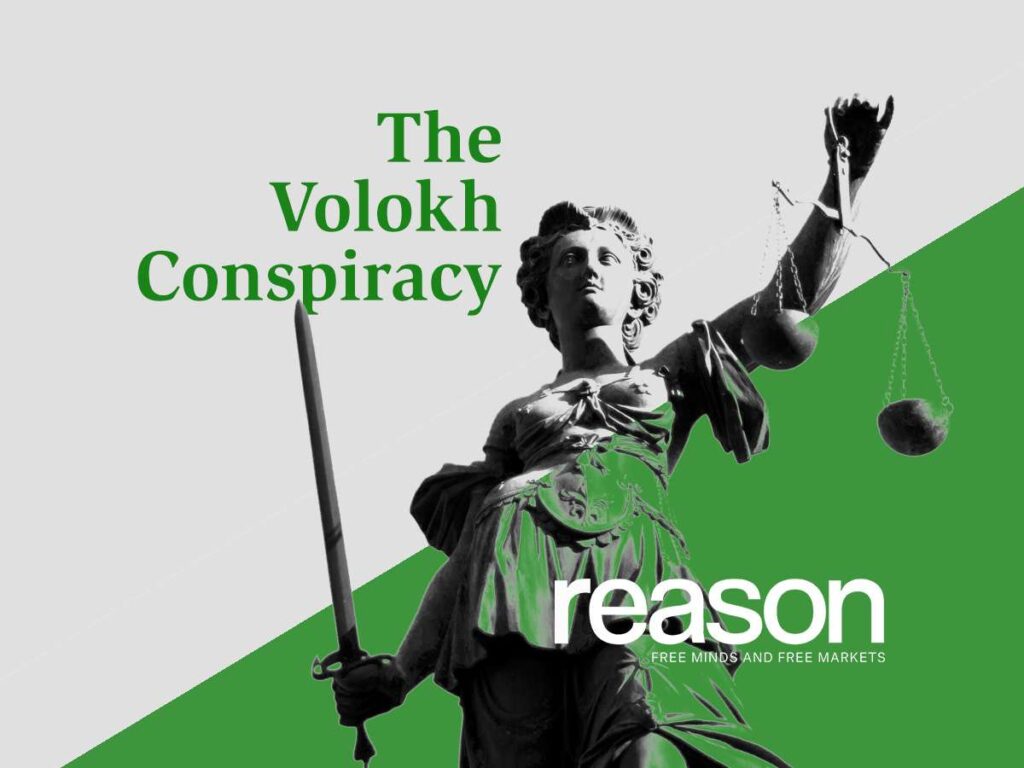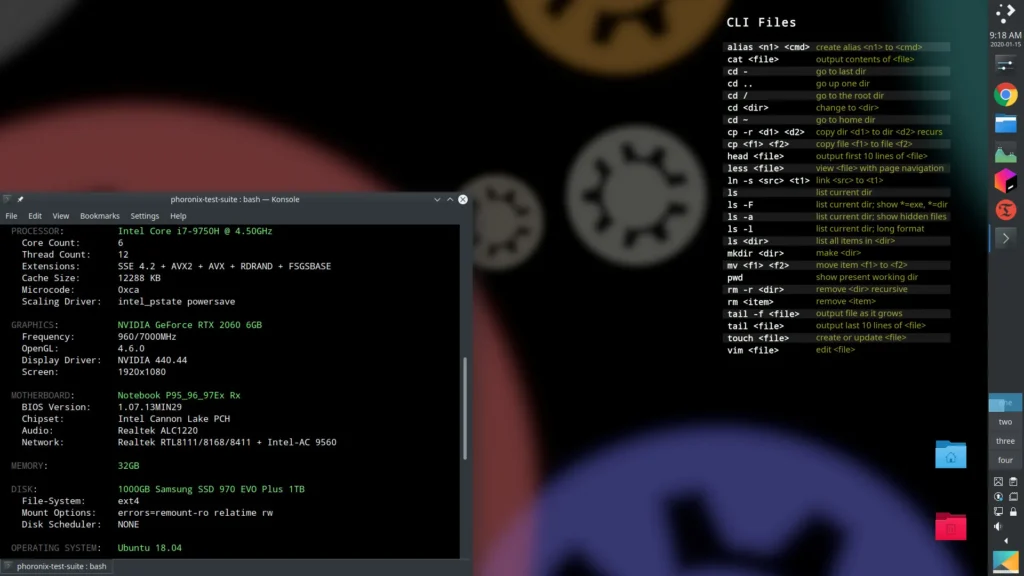On Friday, Present Elect Trump filed an amicus brief supporting neither party in TikTok v. Garland. The brief was submitted by John Sauer, who will be the nominee for Solicitor General. In short, Trump wants the Court to leave the law in effect, at least till he takes office, so he can negotiate a better deal.
On January 20, 2025, President Trump will assume responsibility for the United States’ national security, foreign policy, and other vital executive functions. This case presents an unprecedented, novel, and difficult tension between free-speech rights on one side, and foreign policy and national-security concerns on the other. As the incoming Chief Executive, President Trump has a particularly powerful interest in and responsibility for those national-security and foreign-policy questions, and he is the right constitutional actor to resolve the dispute through political means.
The dynamics of this brief are unprecedented, and may actually scramble the Court’s calculus here.
To recap, the law goes into effect on January 19, unless President Biden grants an extension, or if the Supreme Court grants some sort of temporary injunction beforehand. I wrote about the timeline here.
First, why did Trump even file a brief here? Maybe he was reading this blog. Last week, Will Baude and Richard Re suggested that Trump should file an amicus brief in the case, and perhaps the Court could even call for his views:
The statute effectively banning TikTok goes into effect on January 19, the day before President-Elect Donald Trump is slated to begin his second presidential term. Recognizing that deadline, the justices have crafted an expedited briefing schedule with oral argument on January 10.
The Biden administration will of course litigate the case. But Trump has made public statements indicating that he may be more supportive of TikTok. In this situation, it might make sense for Trump to appear as an amicus. As the imminent president, he would hardly be a run-of-the mill friend of the court.
I for one am grateful that Will describes Trump as “president-elect,” notwithstanding my colleague’s views that Trump has been disqualified from the presidency since January 6, 2021.
Second, Trump is asserting his inchoate interest in setting national policy:
In light of these interests—including, most importantly, his overarching responsibility for the United States’ national security and foreign policy—President Trump opposes banning TikTok in the United States at this juncture, and seeks the ability to resolve the issues at hand through political means once he takes office. . . . The 270-day deadline imposed by the Act expires on January 19, 2025—one day before President Trump will assume Office as the 47th President of the United States. This unfortunate timing interferes with President Trump’s ability to manage the United States’ foreign policy and to pursue a resolution to both protect national security and save a social-media platform that provides a popular vehicle for 170 million Americans to exercise their core First Amendment rights. The Act imposes the timing constraint, moreover, without specifying any compelling government interest in that particular deadline.
Trump’s filing of a brief creates a conflict between the once and future DOJ. Current SG Prelogar wants the law to go into effect right away. Future SG Sauer wants the Court to grant some sort of injunction to give future President Trump some room to negotiate. I can’t think of a comparable example where the incoming President has sought to counteract the current President before the Supreme Court. Yet, we are living in strange times. President Biden has severely diminished capacities. It is not clear who is actually running the show. Foreign leaders are now visiting with Trump at Mar-A-Lago to discuss policy concerns. Perhaps this sort of brief is consistent with the broad role that Trump is already playing over our polity. Trump may be the de facto President at this point. We had a constitutional amendment to reduce the lame duck period. Maybe we should shrink it even more.
Third, Trump is not relying on law here, but on his deal-making powers.
Furthermore, President Trump alone possesses the consummate dealmaking expertise, the electoral mandate, and the political will to negotiate a resolution to save the platform while addressing the national security concerns expressed by the Government—concerns which President Trump himself has acknowledged. See, e.g., Executive Order No. 13942, Addressing the Threat Posed by TikTok, 85 Fed. Reg. 48637, 48637 (Aug. 6, 2020); Regarding the Acquisition of Musical.ly by ByteDance Ltd., 85 Fed. Reg. 51297, 51297 (Aug. 14, 2020). Indeed, President Trump’s first Term was highlighted by a series of policy triumphs achieved through historic deals, and he has a great prospect of success in this latest national security and foreign policy endeavor. . . .
President Trump, therefore, has a compelling interest as the incoming embodiment of the Executive Branch in seeing the statutory deadline stayed to allow his incoming Administration the opportunity to seek a negotiated resolution of these questions. If successful, such a resolution would obviate the need for this Court to decide the historically challenging First Amendment question presented here on the current, highly expedited basis.
This may not be as crazy as it sounds. I don’t think the Supreme Court actually wants to decide this case. I suggested that the Court could simply affirm the D.C. Circuit to avoid having to write a majority opinion. But if it looks like Trump can actually negotiate some sort of deal, the issue comes off the Court’s plate. Would the Chief Justice really be turned off by some of the puffery in the brief?
Fourth, there is some precedent for the Court letting the political branches work things out. Were Justice Breyer on the Court, I’m sure he would be eager to let this one play out. Sauer cites one recent example from the wake of Justice Scalia’s death:
Indeed, the Court recently pursued a similar course in Zubik v. Burwell, vacating lower-court decisions and pausing the enforcement of HHS’s contraceptive mandate against religious organizations to “allow the parties sufficient time to resolve any outstanding issues between them.” 578 U.S. 403, 408 (2016) (per curiam).
Recall that the eight-member Court punted this issue to let the next administration figure things out. Little did they know that it would be Trump, and not Hillary Clinton. And, low and behold, Trump expanded exemptions from the contraception mandate, which led to Little Sisters of the Poor v. Pennsylvania (2020). In a way, this example proves that compromises at the Court can work, sometimes.
Fifth, I’m not sure what an injunction would look like. Would it be set for a certain number of days–to give Trump a negotiating window? Or would the Court leave the injunction open for some unspecified time. The closest analogue I can think of is Northern Pipeline Constr. Co. v. Marathon Pipe Line Co. (1982), where the Court stayed its ruling for a year.
The judgment of the District Court is affirmed. However, we stay our judgment until October 4, 1982. This limited stay will afford Congress an opportunity to reconstitute the bankruptcy courts or to adopt other valid means of adjudication, without impairing the interim administration of the bankruptcy laws. Buckley v. Valeo, 424 U.S., at 143, 96 S.Ct., at 693; *89 cf. Georgia v. United States, 411 U.S. 526, 541, 93 S.Ct. 1702, 1711, 36 L.Ed.2d 472 (1973); Fortson v. Morris, 385 U.S. 231, 235, 87 S.Ct. 446, 449, 17 L.Ed.2d 330 (1966); Maryland Committee for Fair Representation v. Tawes, 377 U.S. 656, 675–676, 84 S.Ct. 1429, 1439–1440, 12 L.Ed.2d 595 (1964).
Justice Alito referenced the stay from Norther Pipeline in King v. Burwell, as a way to give Congress the power to adjust the Affordable Care Act subsidies.
Sixth, the statement of interest has garnered some criticism. For example, the brief states:
Moreover, President Trump is one of the most powerful, prolific, and influential users of social media in history. Consistent with his commanding presence in this area, President Trump currently has 14.7 million followers on TikTok with whom he actively communicates, allowing him to evaluate TikTok’s importance as a unique medium for freedom of expression, including core political speech. Indeed, President Trump and his rival both used TikTok to connect with voters during the recent Presidential election campaign, with President Trump doing so much more effectively. As this Court instructs, the First Amendment’s “constitutional guarantee has its fullest and most urgent application precisely to the conduct of campaigns for political office.” Susan B. Anthony List v. Driehaus, 573 U.S. 149, 162 (2014) (quoting Monitor Patriot Co. v. Roy, 401 U.S. 265, 272 (1971)). . . .
Further, President Trump is the founder of another resoundingly successful social-media platform, Truth Social. This gives him an in-depth perspective on the extraordinary government power attempted to be exercised in this case—the power of the federal government to effectively shut down a social-media platform favored by tens of millions of Americans, based in large part on concerns about disfavored content on that platform. President Trump is keenly aware of the historic dangers presented by such a precedent.
Jack Goldsmith describes Sauer as “kissing” Trump’s ring, and “diminish[ing] his credibility before the Court even before assuming office.” I read the brief differently. Though the case is commonly known as TikTok v. Garland, there is a companion case called Brian Firebaugh v. Garland. Who is Brian Firebaugh, you may ask? He is a person who uses TikTok, apparently. Not a particularly compelling plaintiff. Trump, by contrast, is perhaps the most significant person to have ever used social media. I don’t think that is hyperbole. He has won two presidential elections, and those victories would have been impossible without social media. Trump, more than perhaps anyone else, can speak to what happens when access is lost to a social media platform. The brief cites the example of Twitter in Brazil, but another example could be his suspension from Twitter and Facebook in the wake of January 6.
***
After nearly a decade, I think people still do not understand Trump. He doesn’t play like everyone else does, and that is what infuriates people. When he says something that people deem outlandish, it is merely an opening bid, not the final offer. I think he views this case like he views just about everything else–as a deal to be made. In the normal course, Supreme Court litigation is not a mediation. But this statute contains an express provision to allow a compromise to be reached–and Trump is trying to reach it. It is painfully clear that Biden certainly cannot engage in such dealmaking.
I think the money is still on the Court affirming the D.C. Circuit, but Trump’s brief at least ups the odds for TikTok, ever so slightly. Will Sauer seek leave to participate in oral argument?

